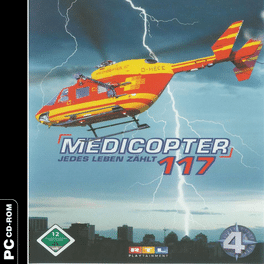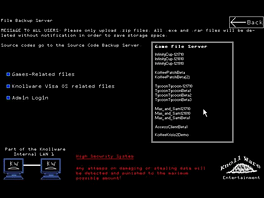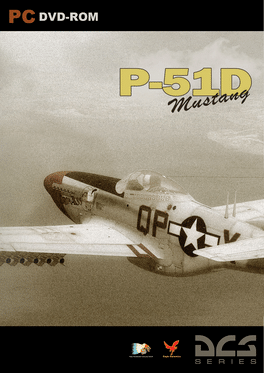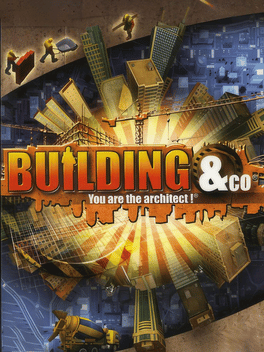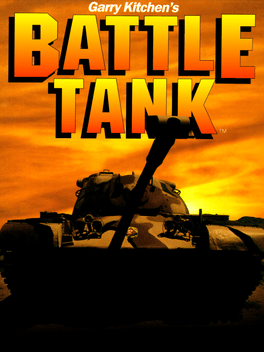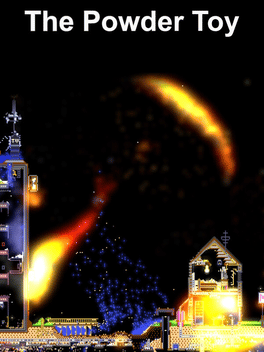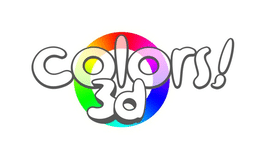Most Popular Simulator Games - Page 474
-
Microsoft Flight Simulator 4.0: Sound, Graphics & Aircraft Upgrade
1991
This is an addon for Microsoft Flight Simulator 4.0 which includes: - Four new aircraft types: Concorde SST, P-51D, Laird Turner Meteor Racer and Spectrum Beaver RX 550 Ultralight. - New sound and speech (for control tower and flight instructor). - Higher resolution graphics and instrument panel detail. -
Mario Artist: Communication Kit
2000
Mario Artist: Communication Kit serves as an add-on and accessory to the other Mario Artist games. It allowed players to connect to the Internet via RandNetDD and show off their creations to other players. While connected, players can use their characters to explore a virtual 3D community. There is also exclusive content on the disk that can be imported to the other Mario Artist titles. -
Densha de GO! Ryojou-hen
2000
Taito's 13th entry in its train simulation series, this one focused on electric trams and light rails. Ganbare Unten-shi!! (loosely translated to "Good Luck, Driver!!") is an electric train driving simulation game developed and released by Taito for arcades in Japan on October 2000. A spin-off of the Densha de Go! series (and using the same engine as Densha de Go! 3 Tsuukin-hen), Ganbare Unten-shi!! focuses on light rail transit with two routes: the Enoshima Electric Railway and the Iyo Railway. While much of the game is the same as the main series, it modifies the braking and throttling controls for added precision and adds controls for operating the vehicle's doors. Due to street traffic, maintaining a timetable is not as strict as previous entries and the time-based penalty system is replaced with a "lives"-based one. The game was later ported to both the PlayStation 2 (on July 25, 2002) and PC (by Unbalance on June 5, 2003) as Densha de Go! Ryojou-hen (loosely translated to "Go by Train! Emotional Travel Ed -
Digital Combat Simulator: P-51D Mustang
Eagle Dynamics' Digital Combat Simulator series focuses this time on a WWII-era aircraft, the P-51D Mustang, which operated as a fighter, long-range bomber escort, and attack aircraft. -
Omnitrend's Universe
Universe is a text based space exploration game, similar to the Elite and Starflight series. -
Flick Fishing
2015
-
Train Simulator Real: The Keihin Kyuukou
2002
Another entry in the Train Simulator series of FMV games developed by Ongakukan, featuring the Keikyu railway between Misakiguchi and Shinagawa. -
F.A.S.T.
2009
-
The Powder Toy
2005
The Powder Toy
2005
The Powder Toy is a Free Sand like physics game allowing users to create and upload creations and levels. -
Play the Industry
Play The Industry is an upcoming hip hop sim-style game currently being worked on by Seth Green and rapper Master P. -
Pontifex
2001
Pontifex
2001
Build your bridge with love. Be proud of your creation, and give it a pompous name. Then eventually watch it with horror collapsing as a train runs of it, giving you an undeniable proof that your bridge was indeed flawed. Then start over. These few sentences depict well a typical game of Pontifex, the successor of the infamous freeware Bridge Builder which had already made crazy numerous players around the world when it was released. As its name suggests, this game is all about building bridges. Each level confronts you with the same challenge: there is a river to cross, and it's up to you to devise the bridge. Three materials are available - light steel, heavy steel and wire - each with own strength, weight and price. In order to clear a level, your bridge must be able to withstand successfully the weight of a train running on it. Hopefully, you can try an unlimited number of times... The game actually features a very advanced physics model, taking into account compression and stretching - and of course gravity


